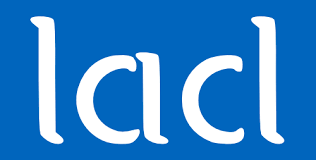27 février 2017
Serge Haddad (LSV)We consider opacity questions where an observation function provides
to an external attacker a view of the states along executions and
secret executions are those visiting some secret state from a fixed
subset. Disclosure occurs when the observer can deduce from a finite
observation that the execution is secret. In a probabilistic and non
deterministic setting, where an internal agent can choose between
actions, there are two points of view, depending on the status of
this agent: the successive choices can either help the attacker
trying to disclose the secret, if the system has been corrupted, or
they can prevent disclosure as much as possible if these choices are
part of the system design. In the former situation, corresponding to
a worst case, the disclosure value is the supremum over the
strategies of the probability to disclose the secret (maximisation),
whereas in the latter case, the disclosure is the infimum
(minimisation). We address quantitative problems (relation between
the optimal value and a threshold) and qualitative ones (when the
threshold is zero or one) related to both forms of disclosure for a
fixed or finite horizon. For all problems, we characterise their
decidability status and their complexity. Surprisingly, while in
maximisation problems optimal strategies may be chosen among
deterministic ones, it is not the case for minimisation problems,
but more minimisation problems than maximisation ones are decidable.
